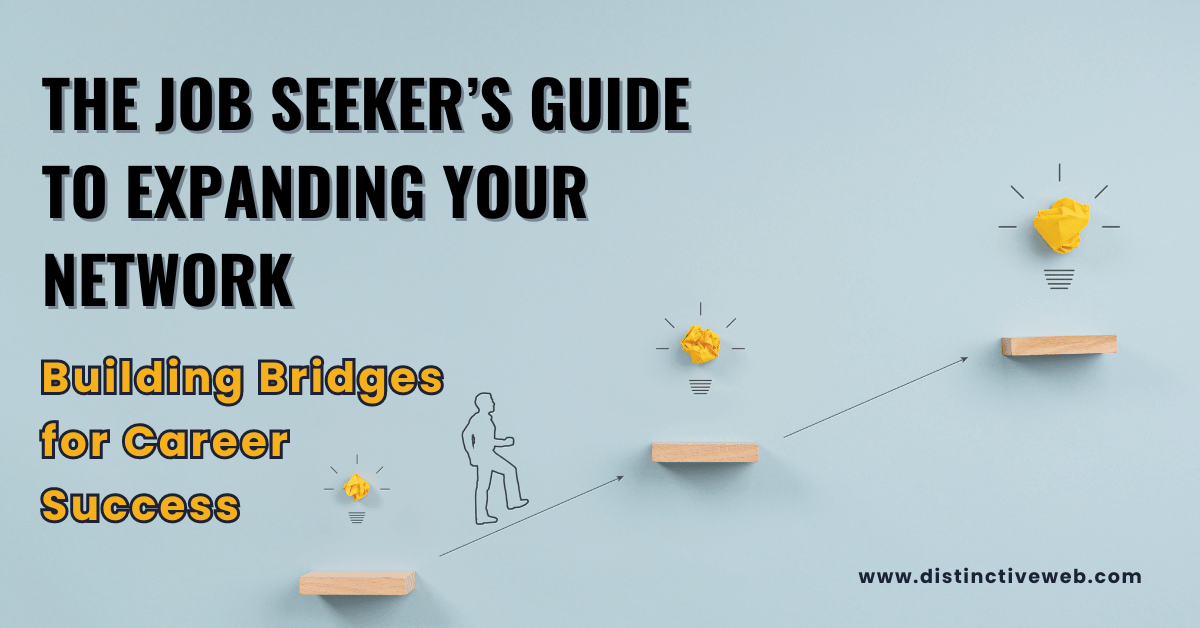
This is a guest post by Jakub Ficner.
As an HR professional, you wear many hats. Sometimes, there doesn’t seem to be enough time in the day to get everything done. Luckily, new technologies like artificial intelligence (AI) are popping up to help HR teams run more efficiently and effectively. From 2023 to 2030, AI is expected to achieve a 37.3% growth rate annually. So, it stands to reason that it is becoming more common practice in areas such as HR, to help you complete all of your tasks without sacrificing quality or speed.
One of the strongest areas for AI potential in HR is in investigating misconduct and workplace incidents. Keep reading to learn more about how AI can make the jobs of HR professionals easier in this area while keeping ethical considerations at the forefront.
AI for Employee Misconduct Investigations
Following the proper steps for an employee misconduct investigation can save you money, reduce stress and disruption and protect you from reputation damage. Being respectful, thorough, and transparent, and following a consistent process, minimizes the incident’s effect on your organization as a whole. But what if you simply don’t have the time or resources to conduct an employee investigation as quickly or thoroughly as you should? That’s where AI comes in.
Anyone who has taken part in an HR investigation knows that writing the final report is one of the most time-consuming (and error-prone) steps involved. This document is key to communicating your findings and suggested course of action to involved parties, senior management, and the board (if you have one), so it needs to be complete and easy to read. The details must be concise yet comprehensive to ensure they accurately reflect the case at hand and make justified recommendations for proactive steps forward. However, if you have a large case volume or just a lot of other work to do, you might not have capacity to write top-notch reports.
An AI assistant can help HR professionals generate investigation summaries in just minutes, with minimal effort. Using pre-configured templates for your industry and/or investigation type, AI pulls all relevant case information into a fulsome final report. This way, investigation reports can be more consistent, decreasing the chance of human error, such as a forgotten detail or piece of evidence.
As HR professionals, we also know the importance of trend analysis for proactive policy implementation and report recommendations. Luckily, AI technology can also be harnessed in this regard. Rather than spending hours on in-depth data analysis, as HR investigations formerly were structured, AI is equipping professionals to be able to quickly identify issues by geographic location, employee, case type, and more. With just a few clicks, AI allows HR teams to see areas of risk where they should focus preventive efforts such as new or different training, employee engagement programs, or performance plans.
AI for Employment Law Compliance
Employment law compliance can be one of the most confusing aspects of an HR professional’s job. Regulations and requirements are constantly changing, and it can be tough to keep up.
The potential of AI is that your team can ramp up and scale efforts more quickly through the inclusion of policy adherence and consistency throughout your processes. For instance, OSHA guidelines require filings for certain workplace injuries, which is an area that normally falls to HR professionals. However, many HR practitioners are unsure or tend to overlook the filing process for injuries. AI tools can assist with filing the report and during the disposition process to ensure consistent policy application in case summarization and resolution. In addition, AI-generated case summaries (described in the last section) ensure your final reports are compliant. So, using the OSHA example, you’d just have to choose an OSHA report template, and AI assistants can populate reports with all of the information required in the right order for you to send off. A trained HR practitioner equipped with AI provides the necessary check and balance to ensure these reports are up to current compliance standards.
AI For Other HR Tasks
Workplace investigations aren’t the only AI applications for HR. To streamline tedious tasks and save your efforts for more complex work, you can use AI to streamline:
- Resume screening
- Interview scheduling
- Communication with applicants (e.g. thank you for applying, resume rejection)
- Answering common employee questions
- Spotting red flags of flight risk in employees
- Suggesting professional development courses to employees based on their tasks, role, and experience
All of these tasks take up a lot of time for HR professionals, but can easily be automated using an AI helper. AI is ushering in a new era for HR professionals, one where you don’t have to take the time to send a receipt email to every applicant or craft a new response every time an employee asks a frequently answered question. By employing AI tools, you can refocus and apply your time and skills to tasks that will have a bigger impact on employees, applicants, and your company as a whole.
Maintaining Employee Privacy When Using AI
With any new practice or technology, it’s natural to have questions and concerns. Keeping employee data secure is a top priority, especially when using AI; it should make your job easier, not more stressful.
When choosing any AI tool for your HR team, from investigation assistants to resume screeners, look for the following features:
- Storing and handling case data on reliable, secure infrastructure
- Access controls required to view and edit each case and piece of information
- Built-in data privacy compliance as required by HIPAA, GDPR, CCPA, and more
- Audit trails on each case to show who accessed the data, actions they took, and when
- Data anonymization
These precautions ensure that data doesn’t fall into the wrong hands and reduce your organization’s risk of a non-compliance penalty with data security regulators. Plus, you can feel good about protecting employees while completing your tasks more efficiently.
The Bottom Line on AI for HR
In the past few years, AI technology has been emerging with use cases for every industry, often making processes faster, more consistent, and less prone to errors. For HR teams, it can help you automate tedious tasks, resolve workplace investigations faster, create consistent documentation across cases, and analyze employee incident data to reduce risk to employees and your company. Some individuals shy away from the use of AI, for fear of it detracting from their impact in the organization. However, the amount of use cases that AI can employ shows that if you use it effectively as an HR professional, you can create a better workplace, have an impact on your colleagues, and free up your time to focus on higher-level initiatives that are even more impactful.
About The Guest Post Author
Jakub Ficner is the Director of Partnership Development at Case IQ, the leading investigative case management software for ethics and compliance, human resources, fraud, and corporate security incidents within mid-sized and large organizations.
Jakub is a passionate and determined team player with experience prospecting and implementing complex global solutions in a variety of industries. He has worked in cross-functional and multi-cultural teams in Canada, the United States, Germany, and India.


















